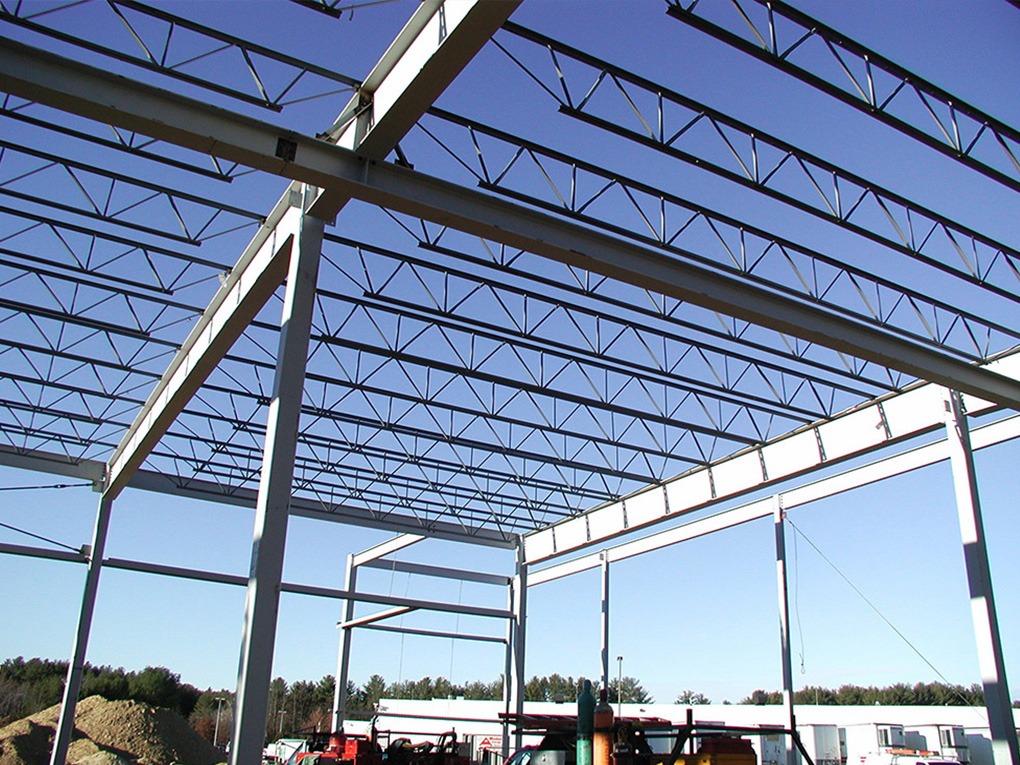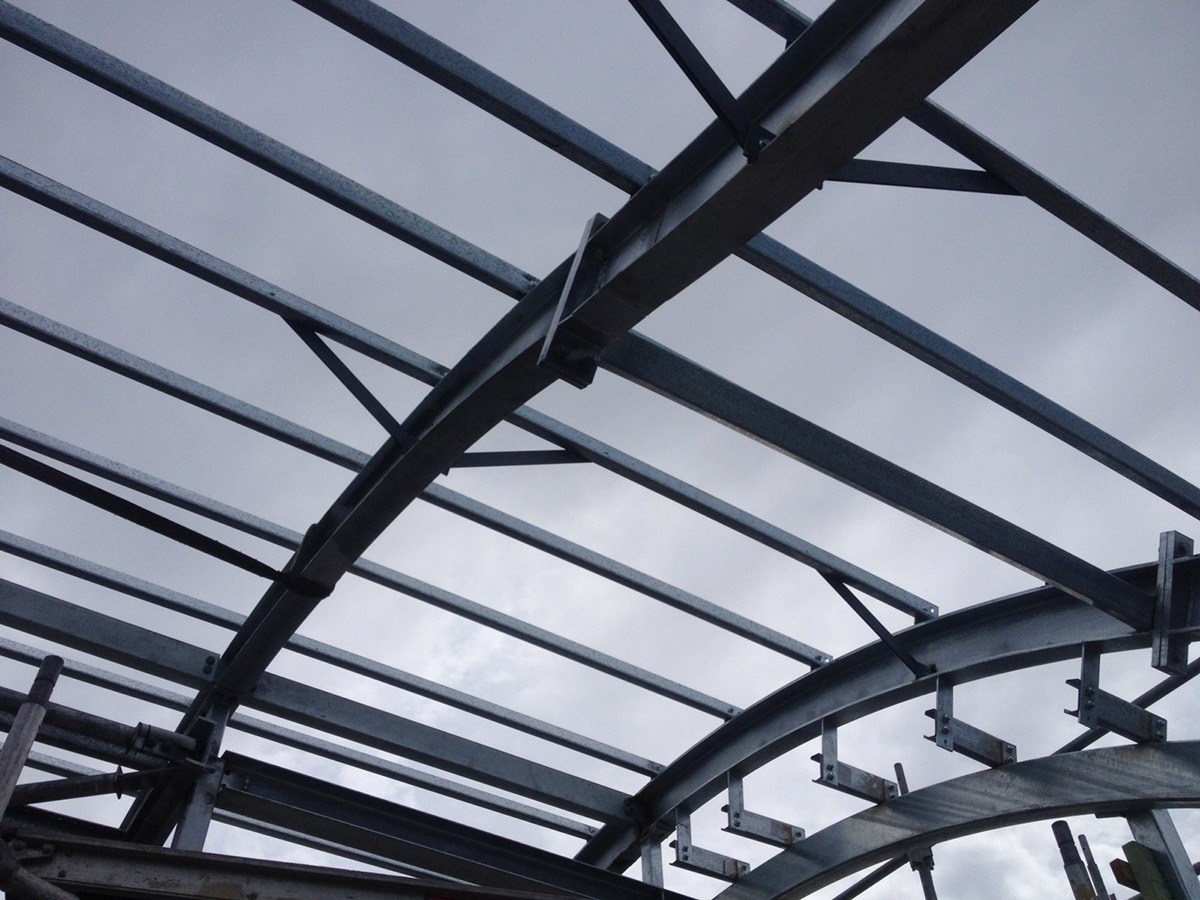Builder’s steel is a common term for structural steel; that is, steel that has been fabricated for use as a structural element in building and construction. Structural steel is categorised into shapes, each with their own compositional properties that are regulated by standards that differ between different countries.
If you are in need of quality builder’s steel, contact Steel Fabrication Services today. Find out more on steel sections and why you should consider building with steel below.

If you are in need of quality builder’s steel get in touch with us today! Find out more on steel sections and why you should build with steel below.
Common Types of Builder’s Steel
Here are some common types of builder’s steel:
Parallel Flange Channels – These channelled beams are U-shaped with right angled corners – a bit like a stick of staples. They come in many different sizes, however, the two sides are always the same length and are parallel to each other. They also offer a high strength to weight ratio and have similar uses to angled sections.
Tapered Flange Beams – Tapered flange beams are I-shaped sections and are also available in a wide-variety of sizes. In construction these are often used for cross-sections of girders. Though they have quite high resistance ratios, they are not usually recommended when pressure is present along their length as they are not torsion (twisting) resistant.
Universal Beam – Universal beams, also known ad I-beams or H-beams, are shaped like their namesake: an ‘I’ when standing upright, and a ‘H’ on their side. Universal beams are usually made of structural steel and are used in construction and civil engineering, among other industries.
Universal Column – Universal beams are also widely used for structural purposes. They are similar to beams and are often called I-beams or H-beams, however, all three sections are equal in length. As their name suggests, they are mainly used for columns, and have fantastic load-bearing capabilities.
Angled Sections – Angled structural steel sections can either either be equal or unequal. Both are right angled, however, unequal sections have different sized axis’ making them L-shaped. This kind of section is much stronger (up to 20%) with much higher strength to weight ratios. Angled section are used in residential construction, infrastructure, mining and transport. They are available in wide range of lengths and sizes.
Circular Hollow Sections – Circular Hollow Sections have hollow tubular cross sections and have much higher resistance to torsion that tapered flange beams. Thickness of the walls are uniform around the entire circle which makes this beams great for use with multi-axis loading applications.
Rectangular Hollow Sections – Similar to circular hollow sections however they have rectangular cross sections. They are very popular in many mechanical and construction steel applications. Their flat surfaces make them prime for use in joining and metal fabrication.
Square Hollow Sections – Like their hollow section brothers but with square cross sections, these are used in smaller applications such as columns or posts. However they are unsuitable for beams as their shapes are inherently difficult to bolt into other shapes. They are also known as ‘box sections’.
Flat Sections – The most versatile steel section as they require to be attached to another section. In some cases they can be attached to another section as a strengthening tool. They are also often referred to as ‘plates’ (for example, checker plate).

Why Choose Steel?
Nothing compares to steel for performance, versatility and resilience in construction. Here’s why:
Strength – Steel is as sturdy as you can get when it comes to building materials and requires little to no maintenance. For peace of mind, you can always count on steel.
Resilience – Steel is an incredibly resilient material. It is resistant to fire, rain, wind, and can be treated to resist rust and other forms of corrosion. Termites and other boring insects are no threat to it either.
Precision and Efficiency – Advances in steel fabrication technology continue to progress meaning that steel construction is increasingly precise. Steel is accurately fabricated to specifications, meaning it arrives on-site assembly-ready, saving you both time and money.
Sustainability – Steel is one of the most sustainable materials used in building and construction. Steel is a widely recycled material, with over 90% of structural steel being made up of recycled product. It can also be melted down and re-used an infinite number of times without losings its structural integrity.
Modern Versatility – Modern designers and architects love steel – it is the epitome of contemporary architecture. In outdoor spaces, steel thrives. It can be fabricated to meet any deign brief, so no matter how creative you want to get with it, steel will always be the best material to work with.
Builder’s Steel From Steel Fabrication Services
If you are in need of a quality builder’s steel contact Steel Fabrication Services today. Our team of experienced and knowledgeable professionals will ensure that whatever you need will be fabricated to the highest standards, according to your specifications, and delivered when you want and need it.